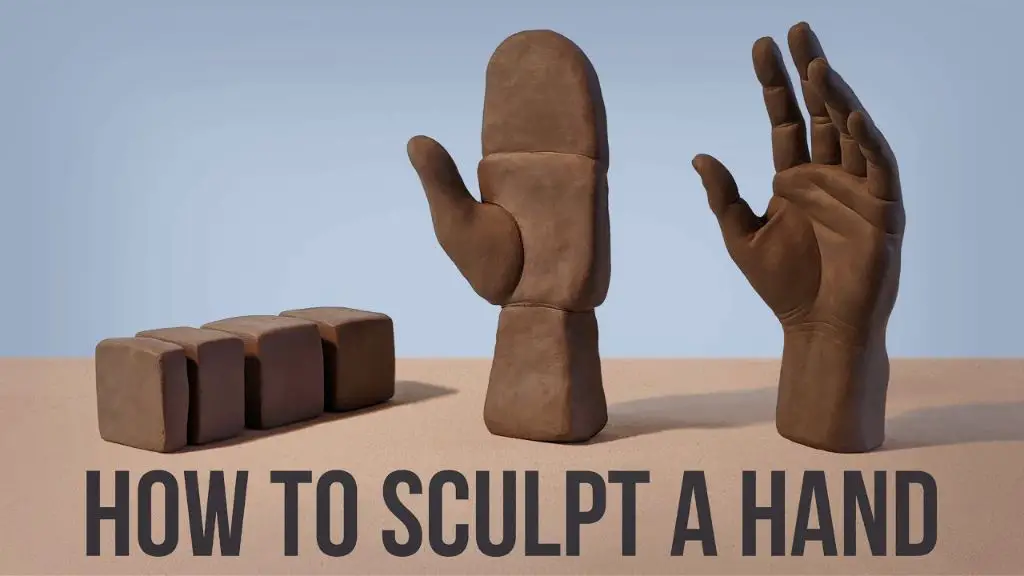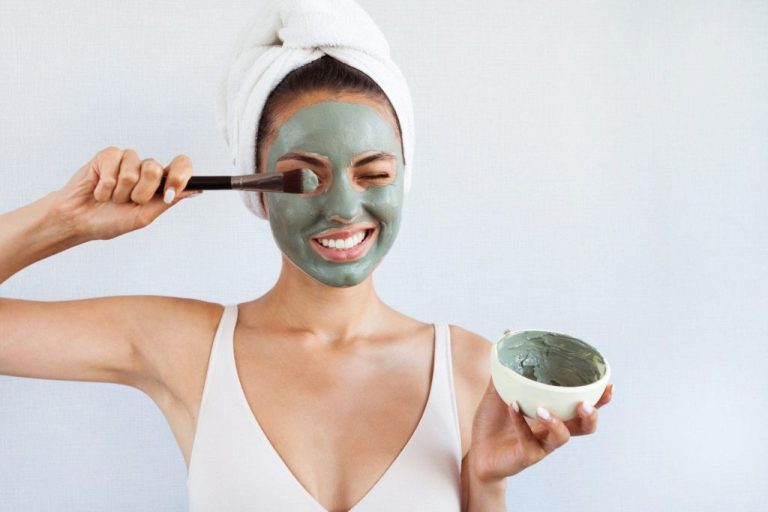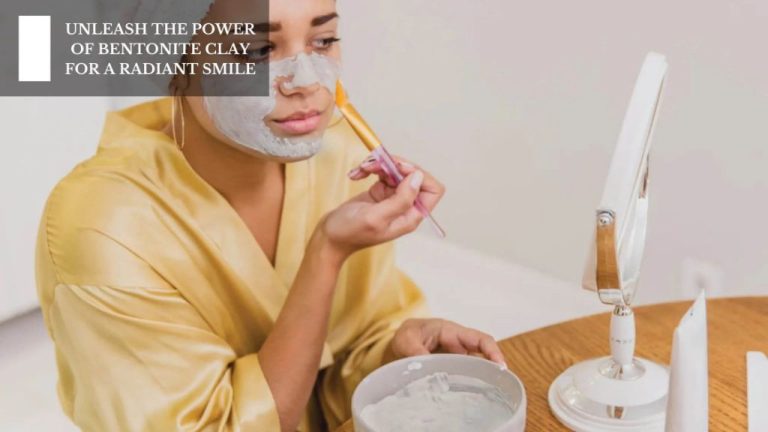What Kind Of Clay Can You Bake?
Clay is a type of fine-grained natural soil material containing minerals such as silica, alumina, and iron. According to the Cambridge Dictionary, clay is defined as “a stiff, sticky fine-grained earth used to make bricks and pottery” (Source). There are several different types of clays that can be used for arts, crafts, and baking. The most common types include air-dry clay, polymer clay, earthenware clay, stoneware clay, porcelain clay, and modeling clay. Each type has different properties that affect its suitability for various projects and baking methods.
Air-Dry Clay
Air-dry clay is made from natural clay and binders that allow it to harden at room temperature through evaporation. It typically contains natural clays like kaolin, quartz, and feldspar mixed with cellulose-based binders and fillers. When exposed to air, the water in the clay evaporates, causing the binders like glue and starch to harden the clay.(1)
Unlike traditional clays that need to be fired in a kiln at high temperatures, air-dry clays cure simply from air contact over the course of 24-72 hours. The clay remains workable until it dries and does not change color when hardened. This makes it an accessible and easy-to-use modeling material for artists and crafters. (2)
Polymer Clay
Polymer clay is a type of modeling clay that is plastic-based and doesn’t require firing. Unlike natural clays, polymer clay remains malleable and workable until it is hardened through baking in a regular home oven. According to the Polymer Clay Information For Beginners, polymer clay is known for its versatility, pliability, and simplicity to work with.
The main components of polymer clay are polyvinyl chloride (PVC) resin and plasticizers. It may also contain pigments for color. When heated to the manufacturers recommended temperature (typically around 275°F or 135°C), the plasticizers allow the PVC particles to melt and fuse together irreversibly. This produces a solid, durable material that can be sanded, drilled, and painted just like wood or ceramic.
Polymer clay is popular for arts and crafts because it doesn’t require a kiln and can be easily shaped and molded by hand. It comes in a wide variety of colors that can be blended and mixed. Finished pieces made from polymer clay have a matte, ceramic-like finish. Common uses include jewelry, figurines, dolls, and decorative household items. According to Wikipedia, well-known brands of polymer clay include Fimo, Sculpey, Premo, and Cernit.

Earthenware Clay
Earthenware clay is one of the most common types of clay used in pottery. It is a low-fire clay, meaning it is fired at lower temperatures typically between 1,750°F and 2,100°F. Its main properties are that it is porous and reddish-brown in color after firing. Earthenware clays contain a high amount of iron and mineral impurities that give it its red coloration when fired. It is typically used to make flower pots, decorative platters, tiles, and utilitarian kitchenware. The body formulation for a standard earthenware clay is generally about 25% kaolin, 25% ball clay, 35% quartz, and 15% feldspar.[1] The high porosity of earthenware clay means that it absorbs water easily, making it less durable for holding liquids. However, its low firing temperature and relatively inexpensive cost has made it one of the most widely used and accessible clay bodies for craft pottery and sculpture.
Stoneware Clay
Stoneware clay is fired at mid-range temperatures, typically between 2,200°F and 2,400°F (1,200°C and 1,300°C) [1]. It is less porous than earthenware clay but not as vitrified as porcelain. The clay becomes water-resistant after firing, making it suitable for functional items like mugs, plates, and bowls. Stoneware clay can come in red, brown, grey, and white colors. It has moderate shrinkage and absorption properties. When decorated, stoneware often features earthy hues and textured surfaces. Overall, stoneware strikes a balance between sturdiness and aesthetic appeal.
Porcelain Clay
Porcelain clay is a type of high-fire clay that is extremely refined and contains very fine particles. It has several characteristics that make it distinct from other clays:
Porcelain clay becomes non-porous when fired to high temperatures between 2200-2400°F. This makes it impermeable to water and resistant to stains. The lack of pores also gives porcelain a smooth surface and feel.
Porcelain can be made translucent and thin while maintaining its strength. At thicknesses under 1 mm, light can pass through porcelain, giving it a luminous quality.
The purity and fineness of the kaolin clay in porcelain results in a white color when fired. It can also be easily decorated with colored glazes.
Porcelain has very high plasticity and can be shaped delicately. It maintains crisp details well and does not soften much during firing.
Due to its strength, density and resistance to water, porcelain is ideal for making tableware, sanitary ware, electrical insulators, dental prosthetics, and more. It requires careful handling as it can chip or crack easily in its unfired state.
Modeling Clay
Modeling clay or modeling compound refers to a group of clays that are specifically designed for sculpting, modeling, and arts and crafts projects. Unlike other types of clays, modeling clays are not fired or baked. Instead, they air dry to harden. Modeling clays remain malleable and workable until they are exposed to air and harden through evaporation.
Modeling clay is very popular for children’s crafts and amateur sculpture. The clay is easy to shape by hand and tools. It comes in bright colors, is non-toxic, and cleans up with soap and water. Popular brands include Play-Doh, Model Magic, Crayola Model Magic, and Sculpey. Wikipedia
Modeling clays are made from ingredients such as flour, salt, boric acid, and mineral oil. They may also contain wax or silicone oil to improve smoothness and prevent stickiness. The clays remain workable for months if sealed in an airtight container. When exposed to air, the clay hardens as the oils and moisture evaporate.
Firing Process
The firing process is a critical step in creating usable clay items. Firing clay accomplishes two things: It hardens the clay and sets any glazes applied to the clay. Firing must be done in a kiln which heats the clay to a specific temperature.
There are two main types of firing: bisque firing and glaze firing. Bisque firing is done before any glazes are applied, while glaze firing is the high temperature firing done after glazes are applied. Each type of clay requires specific bisque and glaze firing temperatures:
- Earthenware clays bisque fire from 1652-2102°F and glaze fire from 1922-2372°F.
- Stonewares bisque fire from 1902-2192°F and glaze fire from 2282-2482°F.
- Porcelains bisque fire from 1832-2012°F and glaze fire from 2462-2562°F.
It’s critical to fire each clay and glaze combination to the proper temperature. Firing too low can result in underfired pieces that are weak, while overfiring can cause defects like bloating, warping, and scorching.
Clay Safety
When working with clay, proper safety precautions need to be taken to avoid potential health hazards. Dry clay dust can contain silica, which can be dangerous to inhale over long periods of time. Here are some basic clay safety guidelines:
– When storing clay, keep it in sealed plastic bags or airtight containers to prevent dust. Let clay dry fully before sanding or carving to minimize airborne dust. Work in a well-ventilated area and use a respirator or dust mask rated for fine particulates when sanding clay. (Safety Rules for Ceramics, Ceramics | Office of Environmental Health and Safety)
– Clean work surfaces frequently with wet sponges and follow up with wet mopping to control clay dust. Avoid dry sweeping or using compressed air. Have proper ventilation systems in place when working with clay long term.
– Wear gloves and wash hands after working with clay, especially before eating or drinking. Clay residue can contain heavy metals like lead that should not be ingested.
– When firing clay in a kiln, follow proper loading and firing procedures. Vent kilns outdoors and do not open them until fully cooled. Use caution handling extremely hot fired pieces.
By following basic studio hygiene and ventilation guidelines, the potential hazards of clay dust can be minimized for a safer art practice.
Conclusion
There are several types of clay that are suitable for baking and creating ceramic items. The main types covered in this article include air-dry clay, polymer clay, earthenware clay, stoneware clay, porcelain clay, and modeling clay. Each type has different properties and is best suited for certain uses.
Air-dry clay is easy to use and does not require firing, making it a good choice for simple craft projects. Polymer clay can be sculpted in fine detail and bakes at a low temperature in a home oven. Earthenware, stoneware, and porcelain clays require higher firing temperatures but produce durable, high quality ceramic ware. Modeling clay is designed for sculpting and not baking.
When selecting a clay, consider the desired use, baking requirements, and characteristics of the clay. With proper selection and technique, a wide range of clay types can be used to bake creative and functional ceramic pieces at home.



